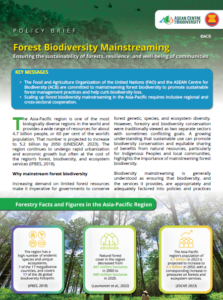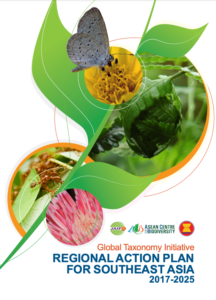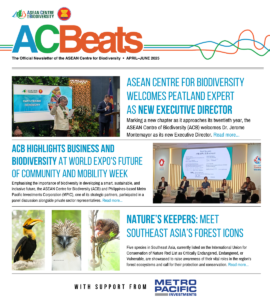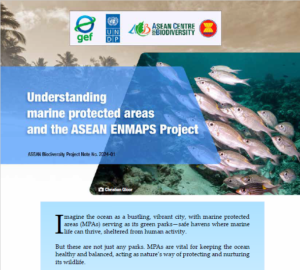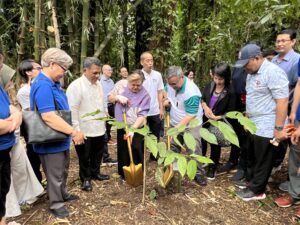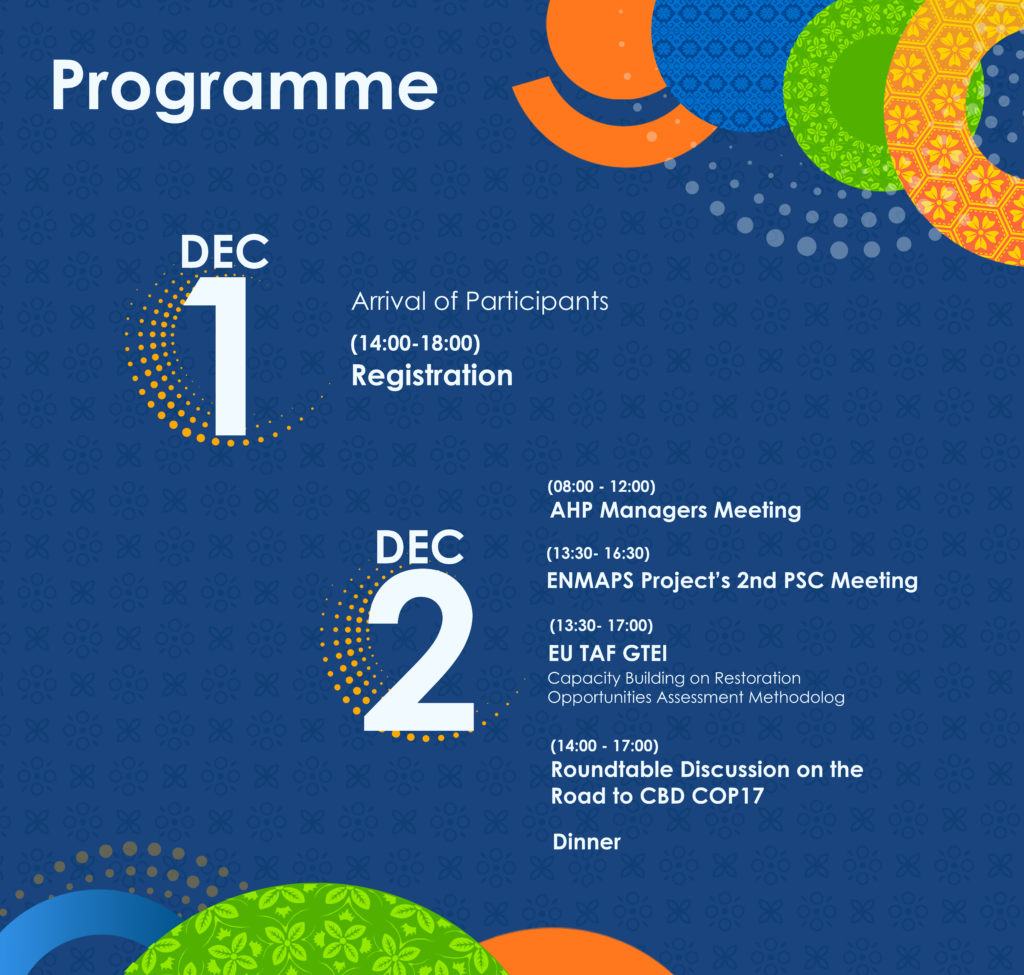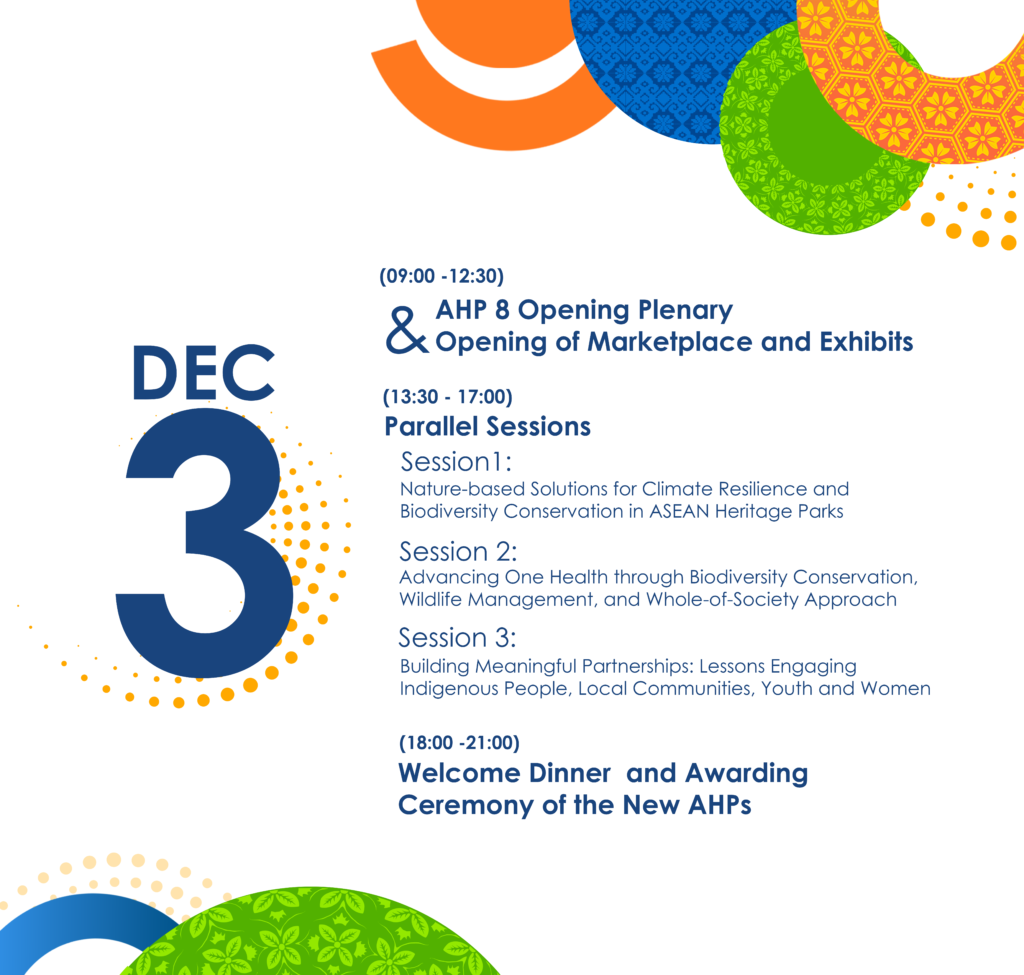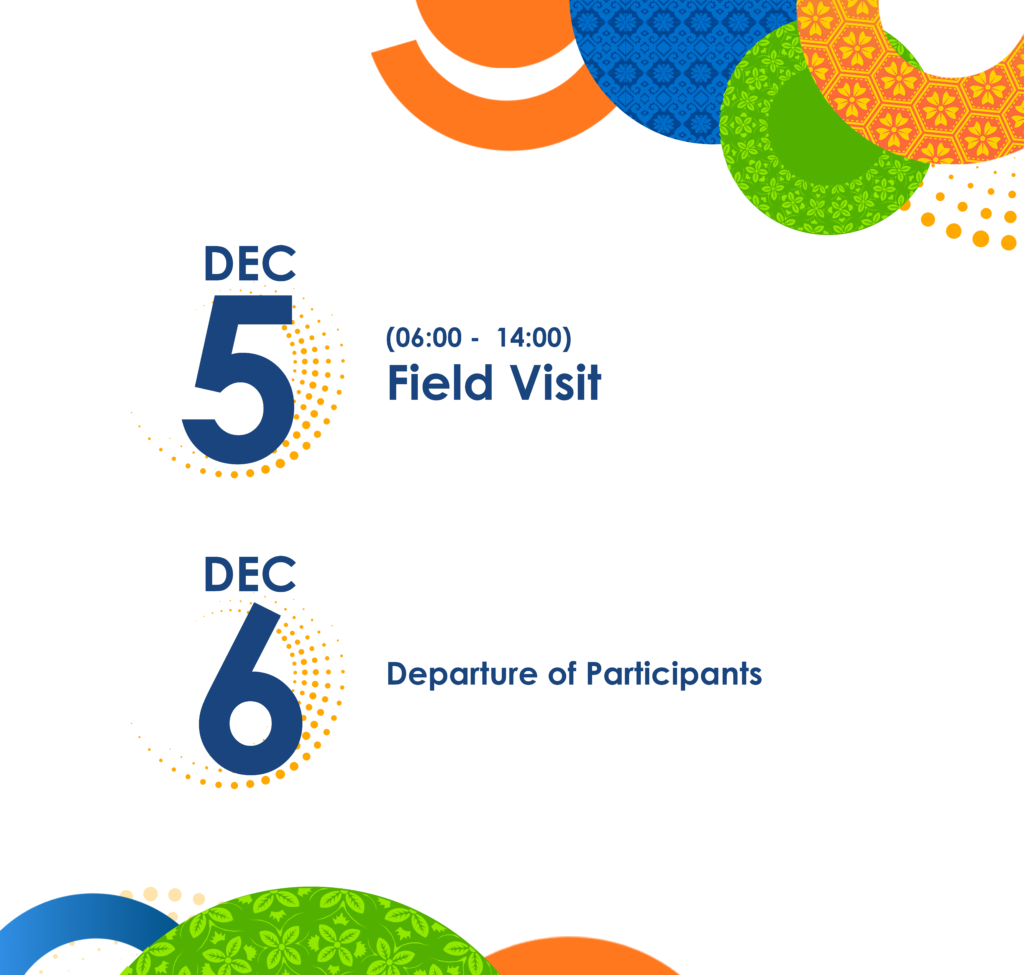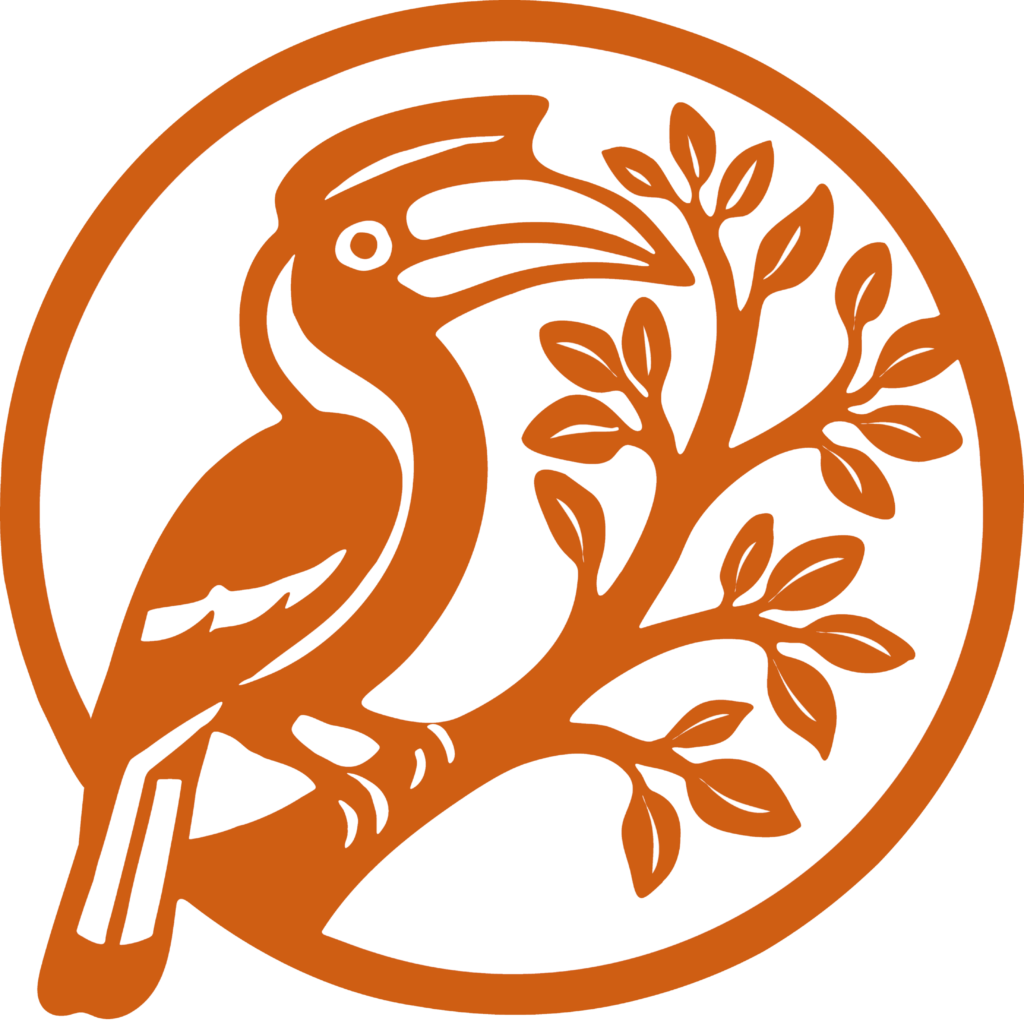Dr. Jerome L. Montemayor
Executive Director, ASEAN Centre for Biodiversity
Starting at a very young age, we teach children the value of sharing. At first, it may be about toys or snacks; later on, the hope would be that they would grow and develop a sensitivity to the needs of all life around us — even the feathered ones.
Twice a year, millions of migratory birds travel thousands of kilometres from the north to the south and vice versa in search of food and new resting and nesting areas as the seasons and temperatures change. In addition to earning a lot of miles, migratory birds also perform valuable ecosystem services as they travel from town to town. They help regulate insect populations and aid in pollination and seed dispersal. Additionally, their sensitivity to habitat changes makes them effective bioindicators of environmental health.
Across the ASEAN region—lying at the heart of the East Asian–Australasian Flyway (EAAF), one of the world’s most biologically diverse and threatened migration corridors—migratory waterbirds are especially significant. The EAAF supports over 50 million migratory waterbirds from more than 250 distinct populations, including 32 globally threatened and 19 near-threatened species, underscoring the region’s critical role in global avian biodiversity conservation.
In keeping with this year’s theme, “Shared Spaces: Creating Bird-Friendly Cities and Communities”, the ASEAN Centre for Biodiversity (ACB) joins the observance of World Migratory Bird Day and the call to actively foster healthier, more resilient, and bird-friendly ecosystems by reducing light pollution and preventing window collisions, conserving habitats, and engaging surrounding communities to ensure safe, welcoming spaces in both urban and rural settings.
Migratory birds are often among the species facing significant threats due to habitat loss. As one of the world’s regional and subregional technical and scientific cooperation support centres for the implementation of the Kunming-Montreal Global Biodiversity Framework, the ACB actively works with the ASEAN Member States (AMS) and various dialogue and development partners in ensuring that areas of particular importance for biodiversity and ecosystem functions are effectively conserved and managed (Target 3) and that actions to stop human-induced extinction of known threatened species are done to reduce extinction risks significantly (Target 4).
In line with these objectives, the ACB, through the support of the Japan-ASEAN Integration Fund, initiated the ASEAN Flyway Network (AFN) in 2017. This flagship initiative fosters regional cooperation by connecting national focal points, flyway site managers, and stakeholders of the EAAF sites in the ASEAN to improve the region’s wetlands and migratory waterbirds conservation.
Earlier this year, we conducted a series of national capacity-building workshops on monitoring migratory waterbirds and managing wetlands in each AMS. With additional support from New Zealand’s Ministry of Foreign Affairs and Trade, we also had the three-day Communication, Education, and Public Awareness (CEPA) Workshop for the AFN, a platform for knowledge sharing that is geared towards the development of a regional CEPA strategy that outlines effective communication tools, outreach activities, and stakeholder engagement activities for the AFN. The latest explainer video on the AFN was also launched during this workshop
Later this year, the ACB will join the 12th Meeting of Partners of the East Asian–Australasian Flyway Partnership in Cebu, Philippines. This platform offers an opportunity to review the partnership’s progress in achieving its strategic plan, to identify future direction, and to strengthen the group’s shared mission.
Another flagship initiative is the ASEAN Heritage Parks (AHPs) Programme. Among the 69 AHPs, there are at least thirteen sites that are important stops for migratory birds. These are Tasek Merimbun Heritage Park (Brunei Darussalam), Indawgyi Lake Wildlife Sanctuary (Myanmar), Inlay Lake Wildlife Sanctuary (Myanmar), Agusan Marsh Wildlife Sanctuary (Philippines), Bidoup Nui-Ba National Park (Viet Nam), Pasonanca Natural Park (Philippines), Sungei Buloh Wetland Reserve (Singapore), Tubbataha Reefs Natural Park (Philippines), Bang Pu Nature Education Centre (Thailand), Phou Xieng Thong National Protected Area (Lao PDR), Ba Be National Park (Viet Nam), Apo Reef Natural Park (Philippines), Bako National Park (Malaysia), and Xuan Thuy National Park (Viet Nam). Some of these sites are also Ramsar Sites, which play a vital role in biodiversity conservation, water purification, flood control, climate regulation, and supporting local communities.
The ACB is also currently working on a regional conservation project called Enhancing Conservation and Restoration of Wetlands and Peatlands in ASEAN as Effective Sinks and Reservoirs of Greenhouse Gases, in collaboration with the Global Environment Centre and with support from the ASEAN-UK Green Transition Fund. The project’s goal is to develop science-based and practical methods for protecting carbon-rich ecosystems such as wetlands and peatlands, as well as to protect regional biodiversity.
Our celebration of World Migratory Bird Day reminds all of us, especially communities that are near these migration sites, that this world is not ours alone. These are shared spaces, and we can all participate in ensuring that we keep bird-friendly cities and communities. We can be part of different ecosystem restoration projects, like planting native trees and preventing water pollution. We can also advocate for bird-friendly buildings – using window features to avoid collisions and minimising artificial lights to prevent disorientation during migration seasons. As primary beneficiaries of ecosystem services that these birds provide, all of us should be responsible in ensuring that our annual winged visitors find healthy and safe spaces to feed, breed, and continue providing invaluable ecosystem services for us and the next generations.
Happy World Migratory Bird Day!


